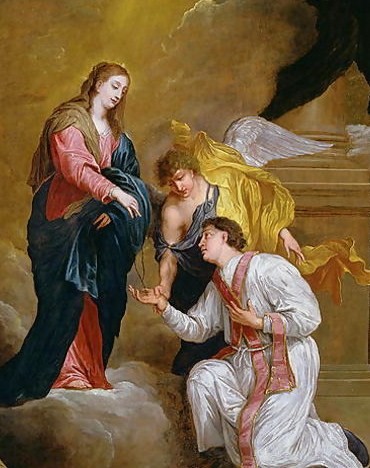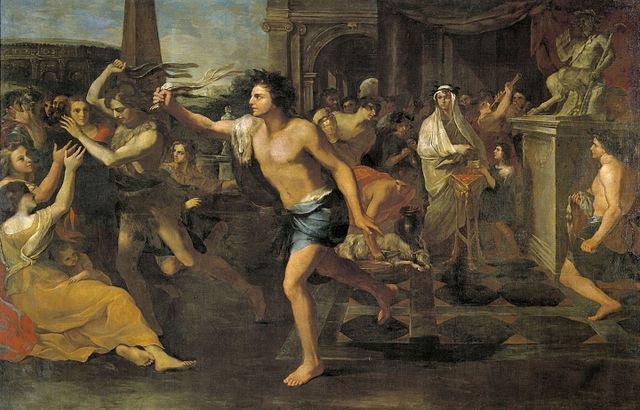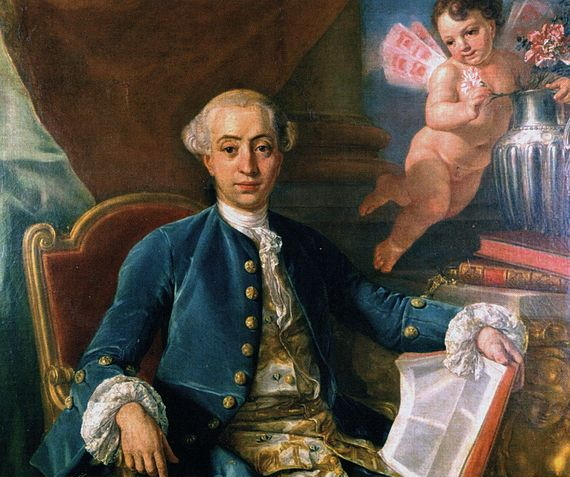-
3-minute read
-
13th February 2017
The Language of Love (Valentine’s Day Etymology)
With Valentine’s Day just around the corner, we hope you’re all writing loving notes to your partners and/or sweethearts. We also hope you’re double-checking them, as nothing kills the romance for us quite like bad spelling and grammar.
And being the word nerds we are, we thought we’d use this as a chance to look at the language of love. And we don’t mean flowers, music and heart-shaped boxes of chocolates.

(Photo: Amanda/wikimedia)
Saint Valentine
First of all, who is this Valentine fellow? And why is his day associated with love?
There are actually several saints named Valentine. Two of these are celebrated by the Catholic Church on Valentine’s Day: Valentine of Rome and Valentine of Terni.

However, even though there are multiple Valentines, that’s no excuse for leaving the apostrophe out of ‘Valentine’s Day’. It’s the day of Saint Valentine, not a plural!
The link to love is unclear, but there are stories of a Saint Valentine who defied the law by marrying young Christian couples, as well as one who fell in love with his jailer’s daughter, passing her a note saying ‘From your Valentine’ before his execution (the first Valentine’s card).
Valentine’s Day also coincides with the date of an older Roman festival, Lupercalia. This involved men hitting young women with blood-soaked leather to grant them fertility.
Find this useful?
Subscribe to our newsletter and get writing tips from our editors straight to your inbox.
Subscribe to Beyond the Margins and get your monthly fix of editorial strategy, workflow tips, and real-world examples from content leaders.

Love and Romance
The word ‘love’ has changed relatively little over the centuries, tracing its roots back 3,500 years to the Proto-Indo-European term ‘leubh-’, meaning ‘love, care or desire’.
The way we use it has changed, though. The phrase ‘make love’, for example, used to simply mean ‘pay loving attention to someone’, whereas now it’s a little more physical than that.

(Photo: Matthew Romack)
‘Romance’, meanwhile, comes from a term that meant ‘write in a Roman style’ (which is why we refer to ‘Romance languages’). This then changed to meaning writing stories, especially about heroic knights and courtly love. And by the 1660s, this became associated with love stories.
Literary Lovers
We also get a few synonyms for ‘lover’ from literature. Most notably, ‘Lothario’ (from Don Quixote), ‘Casanova’ (an author renowned for his many affairs) and ‘Romeo’ (from Shakespeare’s Romeo and Juliet).

It’s interesting that, although ‘Casanova’ and ‘Lothario’ both imply promiscuity, neither are considered as negative as the female equivalents (e.g. ‘Jezebel’ or ‘Siren’). It’s as if the English language is unfairly gendered or something…
And on that thought, we’ll leave you be. Happy Valentine’s Day!




